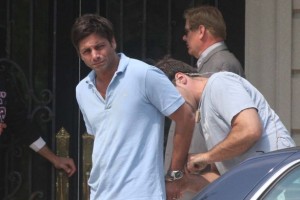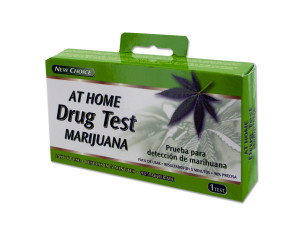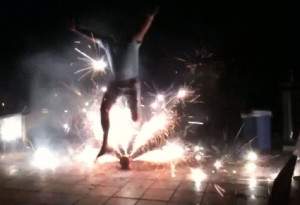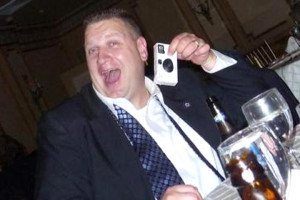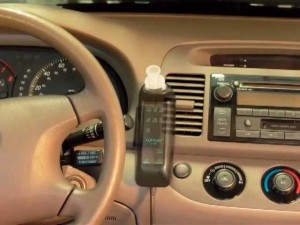As the holiday season approaches, most people are looking forward to Thanksgiving turkey, Christmas presents and 2016 fireworks. But a small percentage of people will face unpleasant surprises, such as Los Angeles DUI arrests. Believe it or not, DUI arrests are not spread out evenly throughout the year. Some days are actually more dangerous for DUIs than others.
Statistical analyses have revealed, for instance, that major national holidays, such Memorial Day weekend, Labor Day weekend, the 4th of July, Super Bowl Sunday and New Year’s Eve tend to be more dangerous than average days. In a recent post, we talked about confounders that make easy explanations for this phenomenon hard to identify.
(The “too long; didn’t read” of it is this: just because you notice an ASSOCIATION between two variables — holidays and DUI arrests, for instance — doesn’t mean that you can know what CAUSES what.)
In any event, these analyses, for whatever reason, show that the day before Thanksgiving tends to be a particularly dangerous time. Thanksgiving is also dangerous, but it’s not as dangerous as the eve of Thanksgiving.
Why is this?
One theory is that college students home for break often spend the night before Thanksgiving out with friends, partying. During Thanksgiving, they stay at home with their families and eat and drink inside. But the night before, they go out to bars. Although parents don’t want to hear this, statistics show that children who go off to college often experiment with alcohol and drugs in a fairly predictable manner, even though it’s illegal for minors to do so.
Driving DUI under any circumstances can get you into serious trouble, leading to license suspension, hikes on your insurance rates, and jail time. But driving under the influence while under the age of 21 can lead to special punishments, and the legal system is less lenient. For instance, a minor stopped with a BAC of just 0.05% could lose her license, even though that BAC would be under the legal limit for an adult.
The experienced Los Angeles DUI defense attorneys at the Kraut Law Group Criminal & DUI Lawyers, Inc. would love to learn more about what you are going through and help you develop a sound strategic plan.
 Los Angeles DUI Attorney Blog
Los Angeles DUI Attorney Blog




